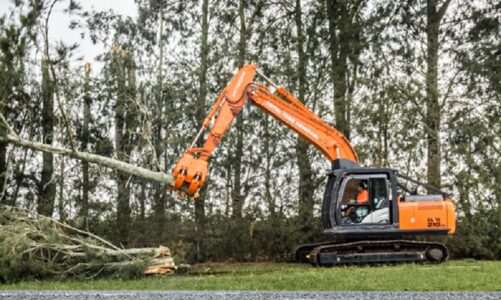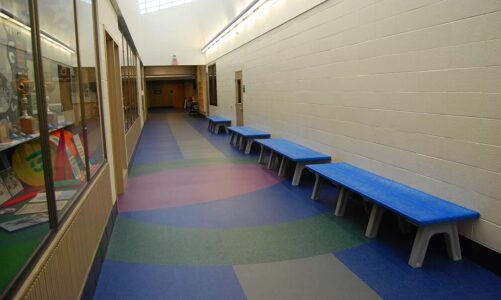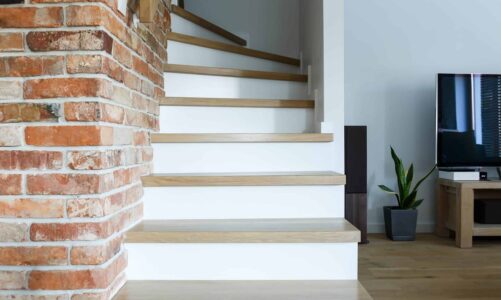Wall cladding is considered the best way to protect a building from certain irritants and adverse weather elements that could harm the structure. The process creates a layer over the walls thereby protecting them from being damaged by elements, particularly water. Nowadays, wall cladding can be done with different materials such as brick, wood, plastic, metal, or imitation stone. It can be used in both the exterior and interior of the building. Before moving on to the factors to be considered, let us clear a bit about external wall cladding and internal wall cladding.
Exterior Wall Cladding
Exterior wall cladding, as the name implies, applies to the outer walls of the building. It protects the walls from external factors such as rain, snow, and UV rays and as a result, causes minimum damage. In addition to adding protection to the building, external wall cladding also enhances the overall beauty of the structure.
Interior Wall Cladding
Just like the exterior, interior wall cladding creates a protective layer on the inside walls. It is available in an exclusive range of styles, colors, and design options. Premium wall cladding is scratch and abrasion resistant and it can boost the aesthetics of the building.
Now that you know what external and internal wall cladding is, it’s time to know what factors need to be considered when opting for any one of them.
Interior Wall Cladding: Factors To Be Considered
- It must resist moisture
- It must offer a smooth and good finish
- It should be effortlessly washable
- It should be capable to withstand the stains as much as possible
Exterior Wall Cladding: Factors To Be Considered
- It must be aesthetically alluring to enhance the overall look of the building
- It should protect the walls from certain weather conditions
- It must be able to make the building soundproof
Advantages And Disadvantages Of Wall Cladding
Wall cladding can spruce up the insulation, aesthetics, and life of both residential and commercial buildings. Installing wall cladding to renovate commercial sectors such as kitchens, restaurants, and auditoriums is one of the best ways to bring out the luxurious feel. In addition to protecting the walls, internal and external wall cladding also offer other benefits such as resistance to harmful chemicals as well as anti-fungal and anti-bacterial features. However, it offers some disadvantages too. So, let’s have a look at the pros and cons of wall cladding.
Pros:
- Can withstand harmful agents
- Prevents from pollution
- Does not require much cost on maintenance
- Offer heat and sound insulation properties
Cons:
- The process may consume more time
- Requires skilled manpower
- You may need to maintain and repair regularly
Wrap Up
So, this is all about wall cladding, its types, factors, and importance. Choosing wall cladding can sometimes be challenging. Therefore, getting in touch with experts is very important who can assist you with all your needs. Believe it or not, this process can boost the aesthetics of your building be it internal or external. So, what are you waiting for? Get this process done immediately to your space!




